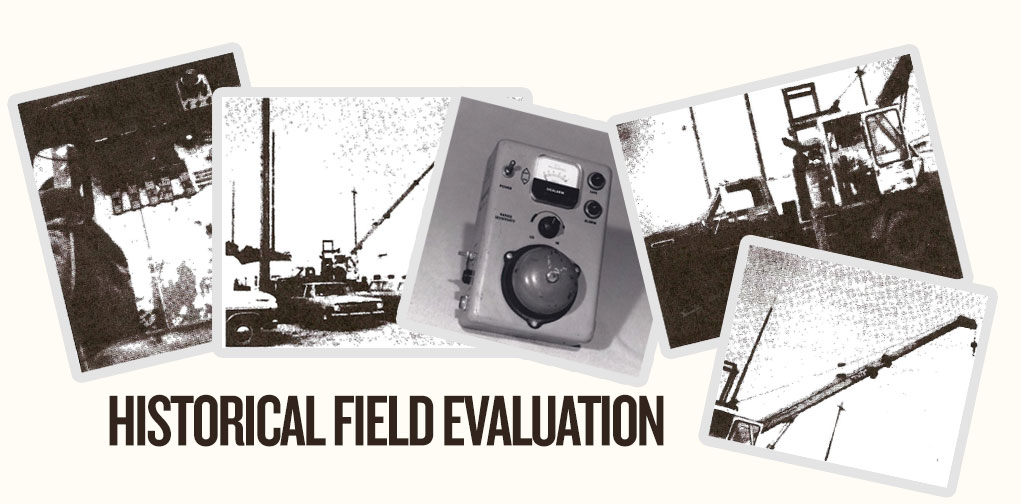Sigalarm has been at the forefront of safety innovations for decades. We are proud to share a recently discovered artifact that highlights a field evaluation from 1973.
Consider where YOU were in 1973. Did you have a cell phone? Did you have a personal computer or laptop? How about your car? Did it open or start without inserting a key? I could go on and on, but you get the point. Drastic lifestyle improvements have been advanced over the decades.
Thankfully, technology has also evolved that protects and saves lives!

Here is the opening of that thorough field test from 1973,
ABSTRACT: This report examines the use of a proximity warning device on a crane boom to provide a warning when the boom approaches a predetermined safe distance from an energized power line.
INFORMATIONAL REPORT 1035
by Richard L. Reynolds, October 25, 1973
Two goals were established:
“It was found that while swinging the boom from either direction toward the reference point the device would product a warning when within 1 foot of the reference point”
“In this test the alarm produced a warning within 1 foot of the reference point”
Because humans are human, mistakes can be made. Human error often results in tragedies and loss of life. But thanks to modern technology, some things can be automated to ensure safety. Our concern is about power lines. When a crane operator prepares his equipment for use, it is possible he could forget to activate the warning device. Sigalarm responded to this by automating our devices. As soon as the operator starts the crane, the proximity device is activated. ALL of Sigalarm’s devices have this as a built-in feature.
We have posted articles highlighting every aspect of danger in the work field. Often common sense guides us to make improvements.
Because there are constant improvements and advances in technology, Sigalarm is committed to keep up with every advance in order to keep workers safe. This mandates that we keep ahead with all technological discoveries and modifications. We do this and apply it to every one of our devices.
If you would like to see the full field evaluation report or if you have any questions, just give us a call. We would be honored to help you keep your workers safe.

